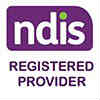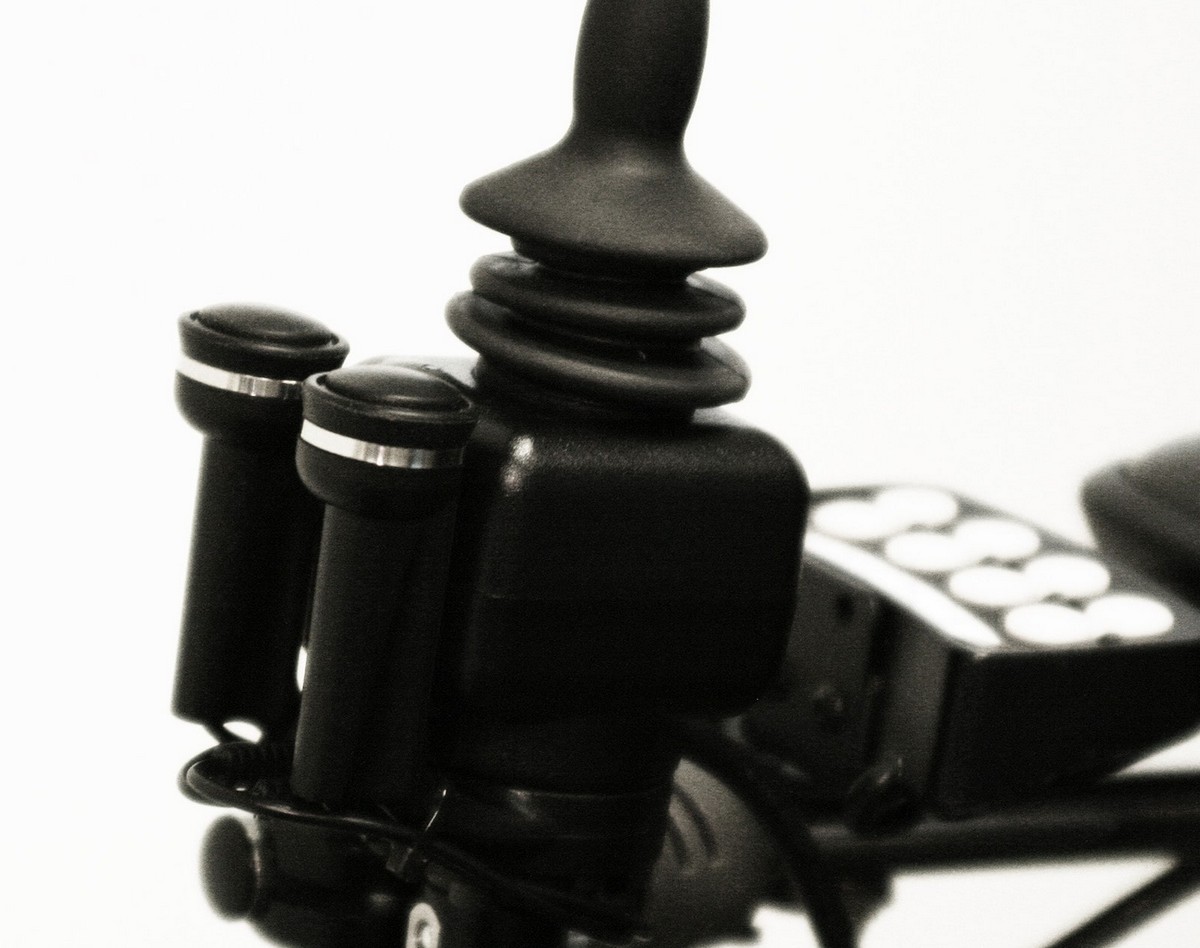Wheelchair drive controls are categorised as proportional or non-proportional. But a common question asked by therapists is what exactly does this mean?
Proportional Drive Controls
Proportional drive controls allow the user to move in any direction in response to the movement of the controller. For example, a standard controller is a proportional control as the driving functions (forwards, reverse, left and right) are dependent on the amount of pressure or force applied to the control. Simply put, the wheelchair will move in the direction that the joystick is pushed, and its speed will be relative to the amount of pressure placed through the joystick. If you move the joystick only slightly, the wheelchair will move slowly, but push the joystick to the end of its range and the wheelchair will move more quickly. We often liken proportional controls being a combination of the steering wheel and accelerator in a car, the joystick does both the direction control like the steering wheel but the further you push it, just like an accelerator, the faster the wheelchair will travel.
Proportional drive controls offer greater control and smoother driving experience over the wheelchair across varying terrains and different environments. The user can quickly alter the wheelchair speed and precisely steer the wheelchair through making small movements to the joystick. For users to safely use proportional controls, they must have sufficient motor and cognitive skills to operate the controls, for example, being able to intentionally grade the amount of force applied to the controller to achieve the desired wheelchair behaviour.
Non-Proportional Drive Controls
Non-Proportional drive controls are activated by switches or sensors and drive without progressive incremental changes from off to on. Simply put, the controls operate like a light switch and are either ‘off’ or ‘on’, with no ability for the user to influence the speed or direction of the wheelchair through pressure or force on the controls. Non-proportional drive systems usually have four separate switches, with one to control each direction (forward, reverse, left and right), however occasionally operate with three switches (forward, left and right with the ability to toggle one of these switches into reverse control). Switch based driving is a good example of non-proportional controls, as the user presses the switch for forward direction and the wheelchair will travel forward at a pre-programmed speed.
Non-proportional controls are pre-programmed so require less motor skills and coordination to operate, but do not provide as much control over the driving experience as proportional controls. Non-proportional driving controls may suit a user who does not have the motor or cognitive skills to control their movements sufficiently for proportional joystick use. Non-proportional drive controls are also often used when first introducing powered mobility to a user, especially young children, as the concepts of on and off are concrete and easy to teach.
The expert consultants at GTK are available to trial both proportional and non-proportional controls with your clients to ensure that users receive the most appropriate equipment for their needs. Contact us today to find out how we can help.



